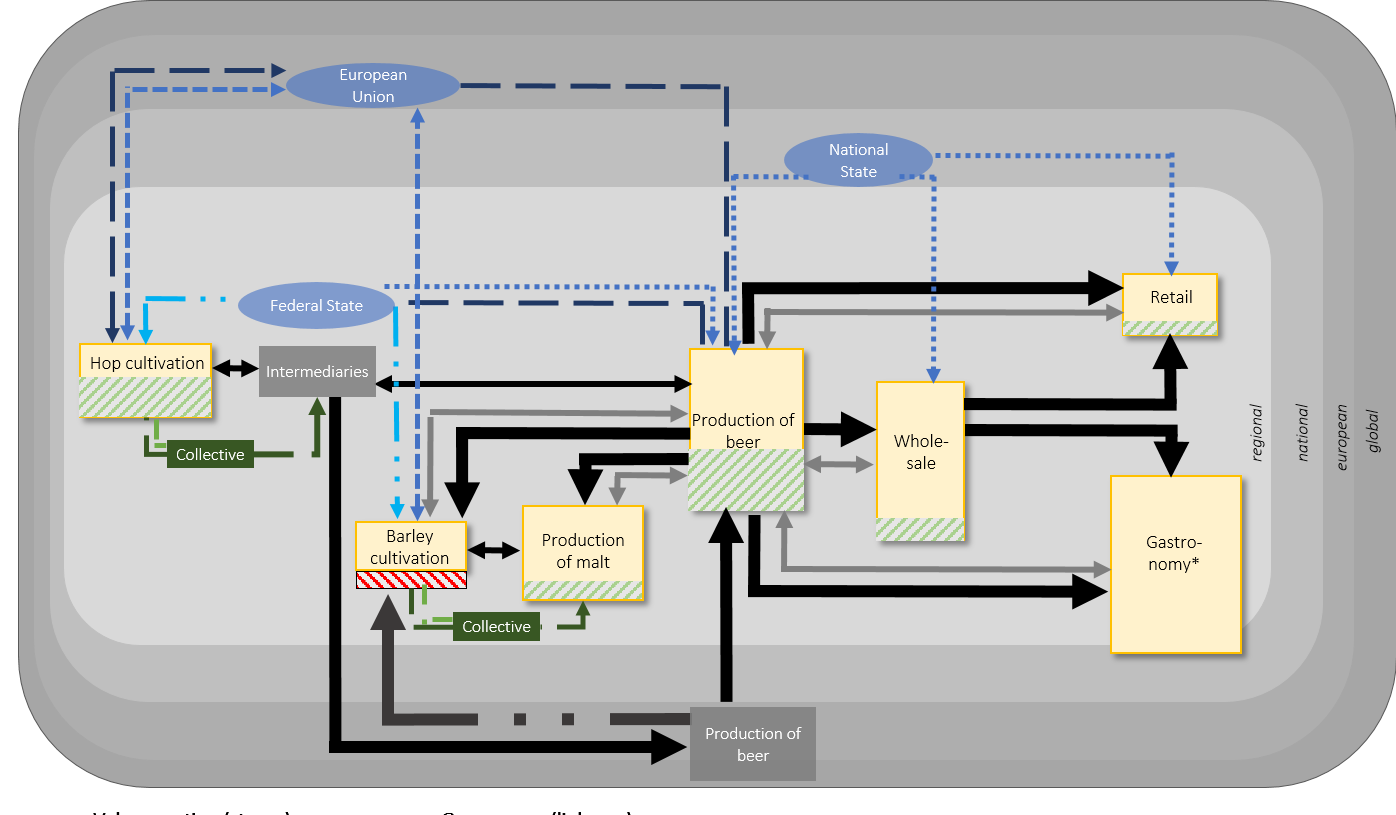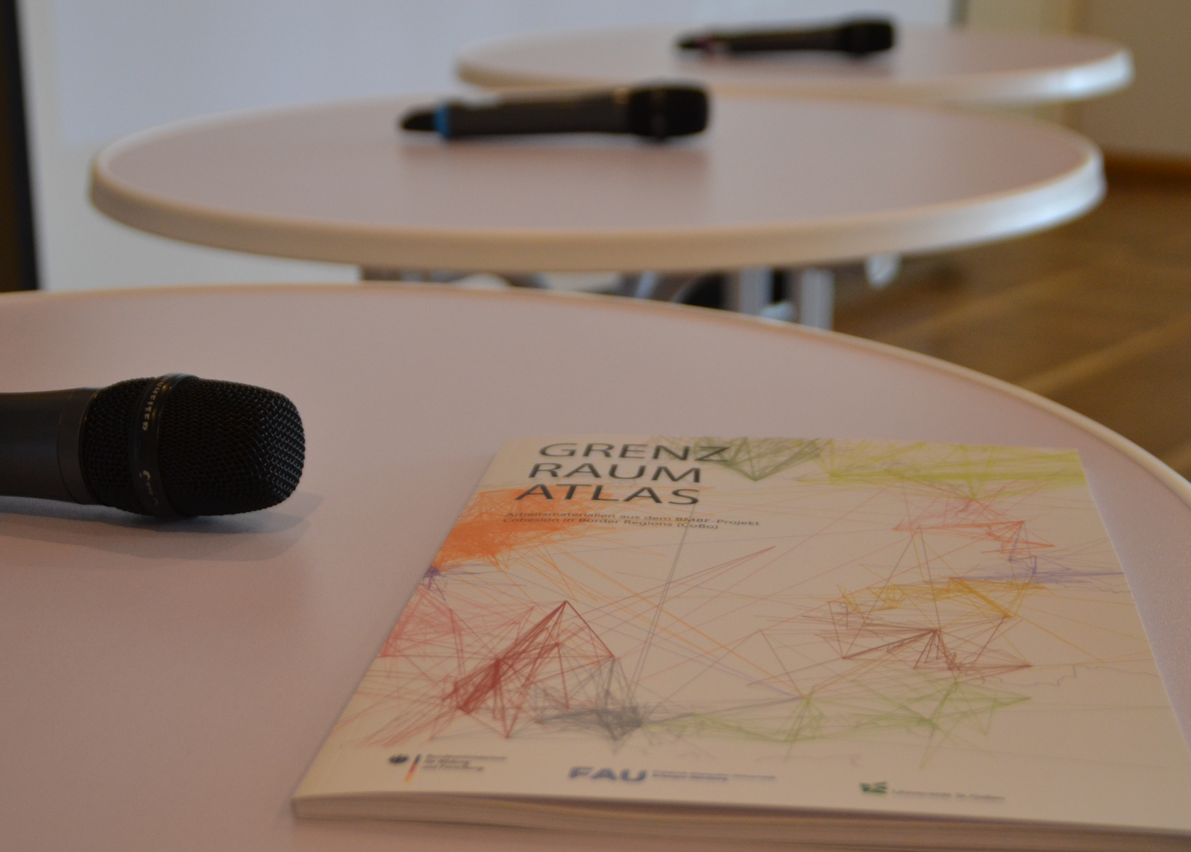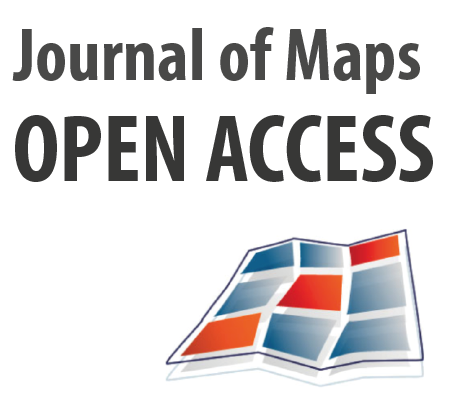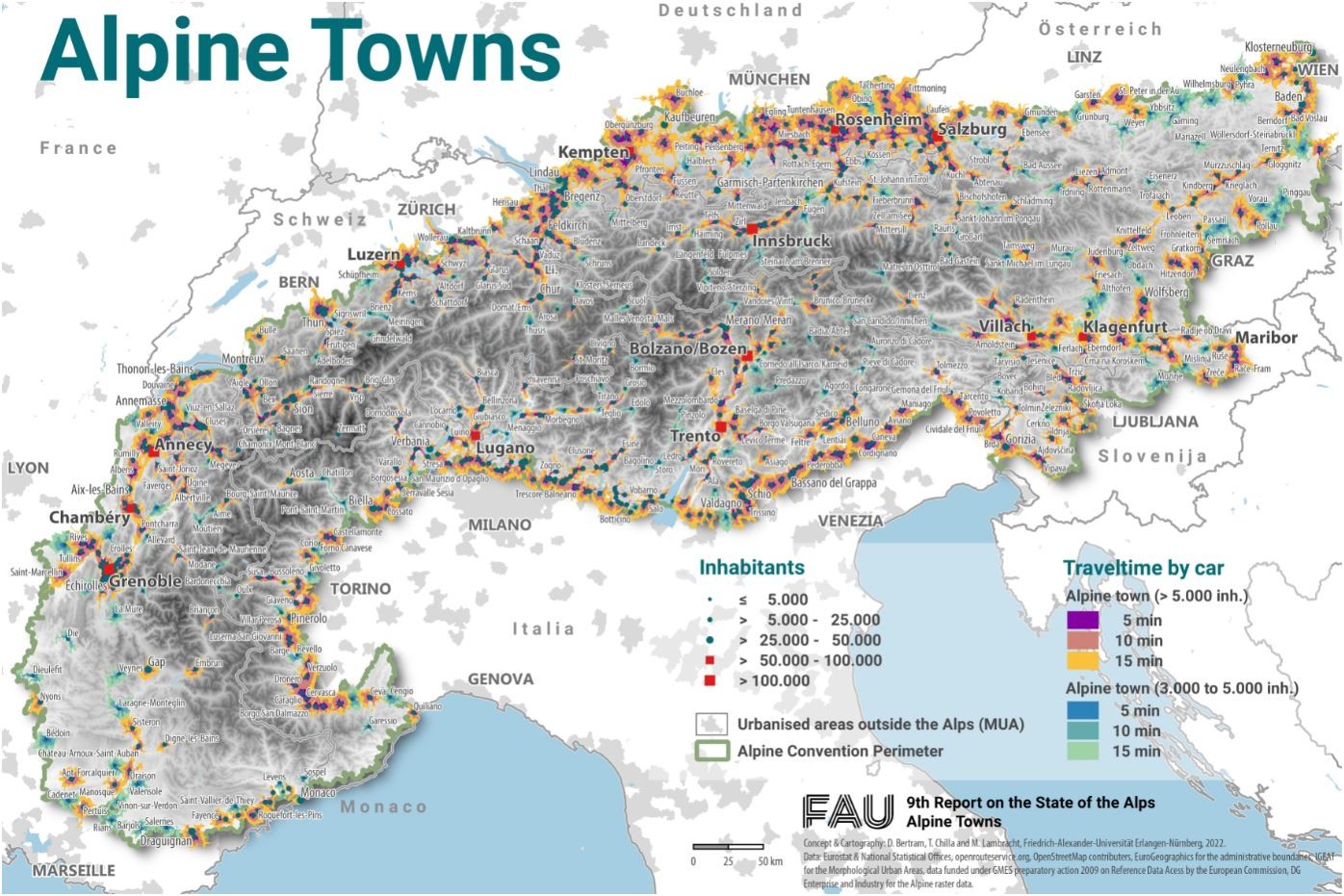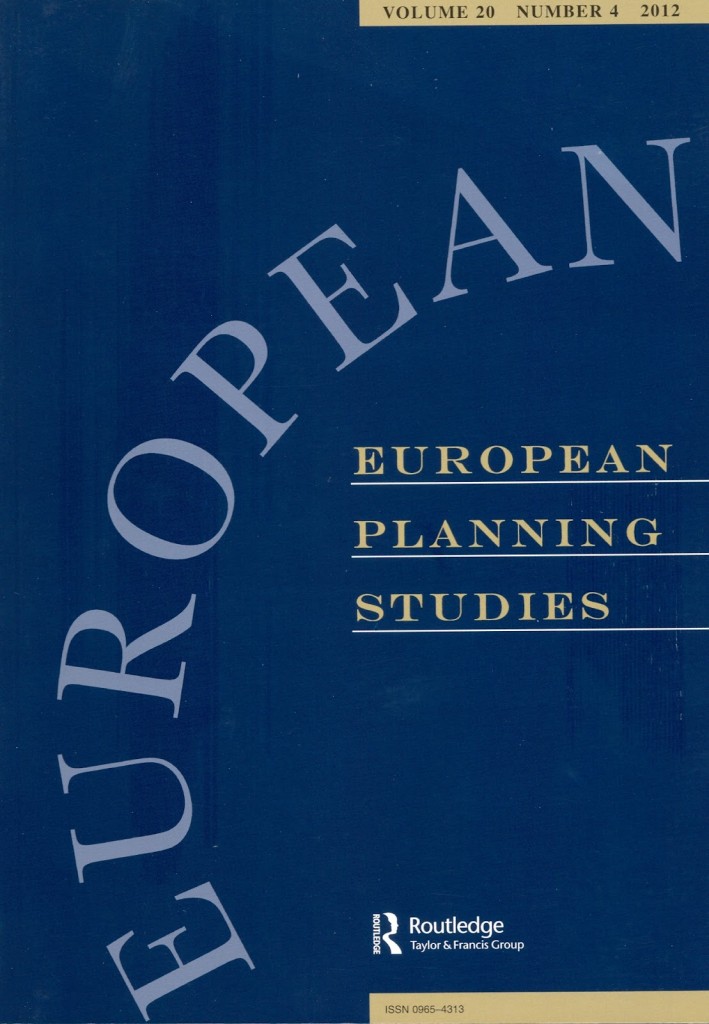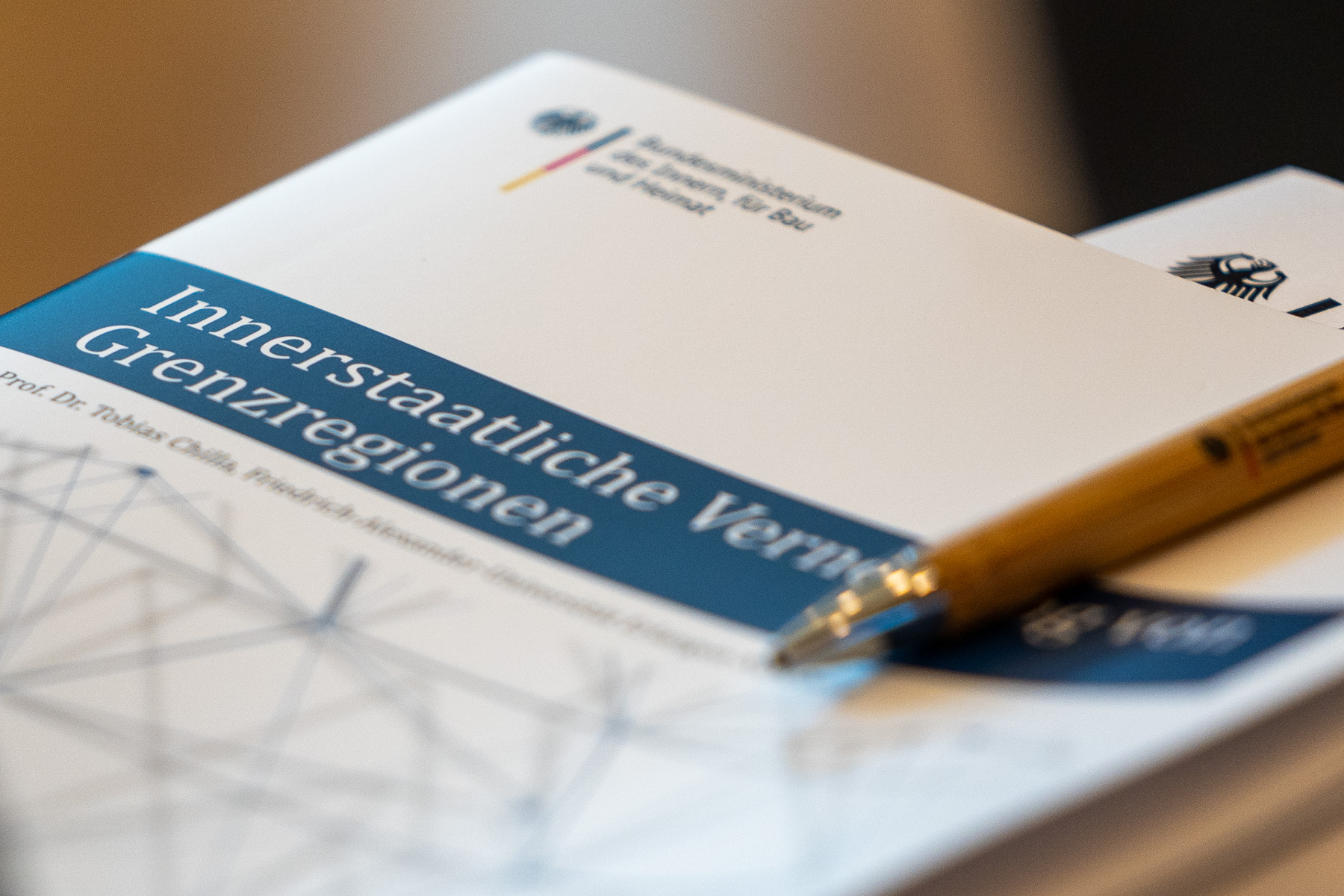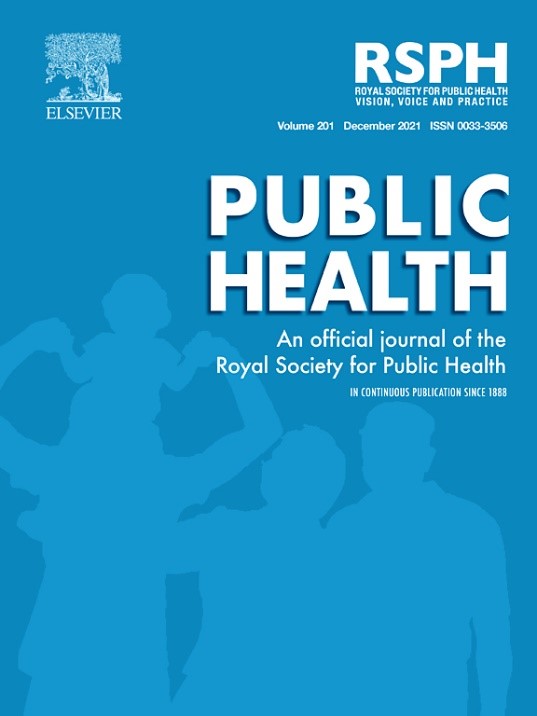The regional dimension in GPN – Mapping value creation and governance of the Bavarian beer sector
The global beer market is characterised by strong concentration tendencies. In contrast, the Bavarian production system is characterised by a high degree of regionality and value creation. Using the example of Bavarian beer, our new study shows how the value creation of regional production systems goes along with the underlying governance patterns. The governance in production systems has long been approached primarily from a global perspective. Given recent regionalisation debates, we focus ...

